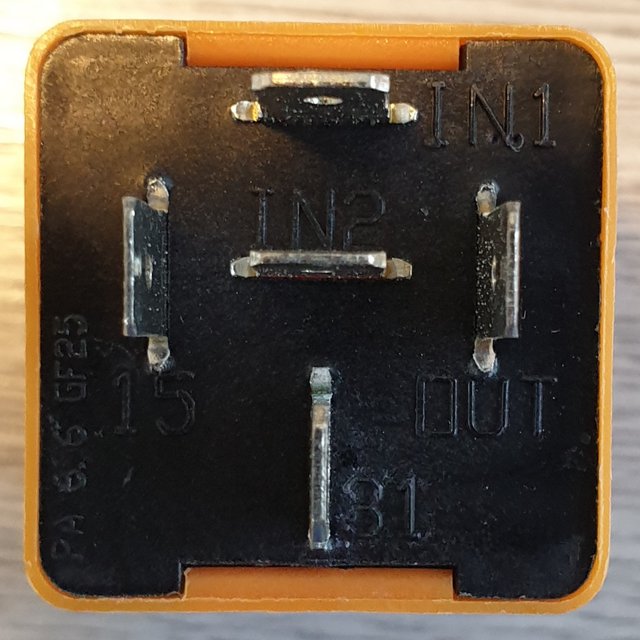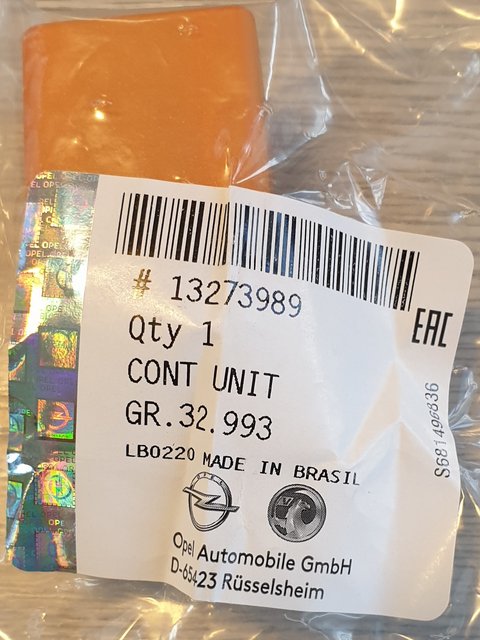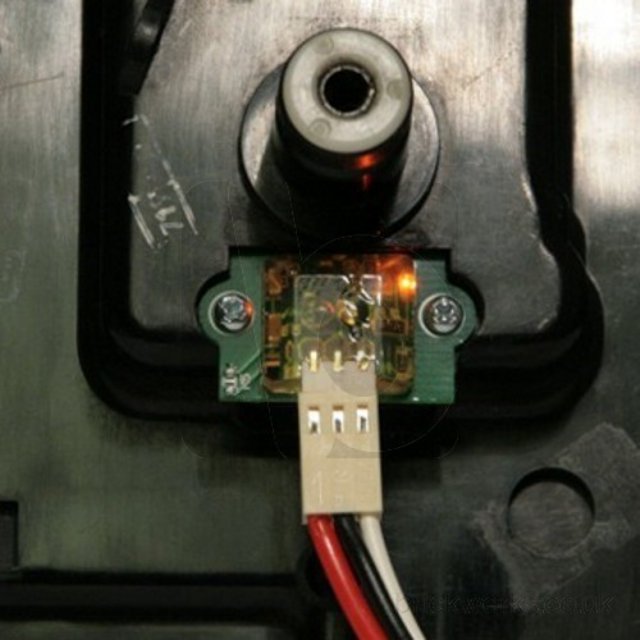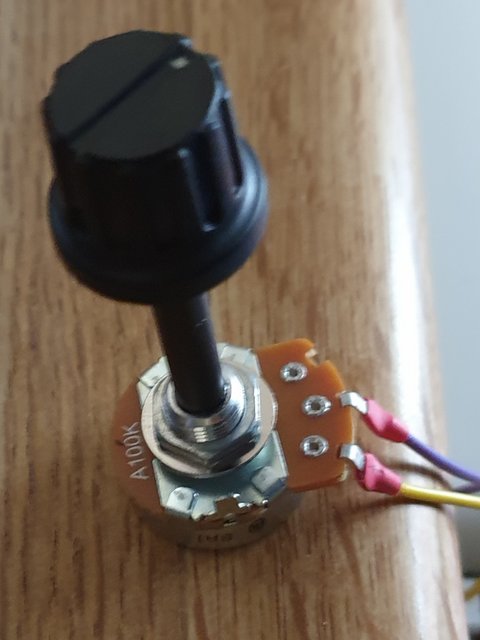With EPAS you are only getting half of the necessary components.
It will have a torque sensor built in for the force that you are putting into turning the wheel, but...
Force applied by you = tell the ECU to give assistance.
No force applied = don't give any assistance.
That is all the torque sensor does (in very basic terms).
The ECU does not get engine load - or more specificly the engine rpm and it does not know the true road speed.
So it relies solely upon the output from the cheapo. pulse widh modulation unit that the retro builders tag onto their EPAS kits
If yours is the sort without the variable resistor (potentiometer), and just has the black box with the jumper removed, then the ecu is being told to give full assistance all the time.
Hence the very light steering.
Kits with the potentiometer give a bit more ability to tune the desired setting, but again, you are using a judgement to guess a setting that may give a "happy medium" regardless of engine rpm and road speed.
The upside is that you can adjust this whilst you are driving, assuming the potentiometer is in a safely accessible location.
As with anything...
If retro-fitter companies wanted to do this properly, they would need to add two extra circuits, which adds more to the kit price tag.
Version 1 - Road Speed -Using Corsa set-up
Corsa use a orange relay-like looking device that acts as a pulse pick-up signal converter and works in conjunction with a toothed wheel or for cheep-skates, the bolt-heads on the CV joints adjacent to the gearbox drive flange.
The pulse converter module.


The Vauxhall part number.

Version 2 - Using VW based parts -
To do this properly, as mentioned earlier, you would get one of the speedometer pulse pick-up gizmos from Brickwerks or GoWesty.
Then wire the speed pulse wire to the EPAS ECU.
A suitable speedo head.

Pick-up unit fitted.

NOT mentioned much here is the engine RPM signal - I am assuming 5 volts here, and it may be possible to use a tacho signal stepped down to an appropriate voltage value. I am not too clued up exactly how the coil or W terminal output is conditioned to drive a tachometer or other ECU input.
After a very quick Google...
Here is something that may help..
https://wiki.autosportlabs.com/CoilX
With both rpm and speed circuits operating, the EPAS ECU will operate as intended, rather than working flat-out or to "best guess" settings.
Bear in mind... the Corsa-C has not been made for 15 years, so parts for these will no doubt begin to dry up from scrap yards in years to come.
-------------------------------------
On another tangent.
If you wanted - in place of a potentiometer, you could fit a switch similar to that used for the blower motor, using three resistances for parking speed, city speeds and motorway speeds.
Standard EPAS retro-fit kit potentiometer is a 100k ohm variable resistor.

You would have to do a bit of research with a potentiometer first.
1 - Parking Speed - Drive the van at a low speed and set the potentiometer to a comfortable level of assistance.
Unplug the potentiometer, and measure the resistance across it's contacts
Write the value down for the resistance value.
2 - City / Urban Speed - Repeat the process for 20 or 30 mph
3 - Motorway Speed - Repeat for your preferred motorway speed. 50, 60 or 70mph...
Finally remove the potentiometer, and purchase upto three resistors - one for each of the readings noted above.
Although you could get away with.
1 - Parking = probably infinite resistance (open circuit)
2 - Urban Speeds = resistance value noted above.
3 - Motorway Speeds = EPAS turned off.
Wire up to suit. - and there you have it.
----------------------------------------
So to finish up.
If you can get original factory PAS for the van, then that is always the best option.
If you cannot get the original van parts, then the Corsa kits give you a "get out of jail free, card".
Especially as none of us are getting any younger.
But do remember - you are only getting a "dumb" version of EPAS, not the system that cost developers a fortune to refine for a vehicle about 1/3 the size and weight of the van.
And then there is the potential issues insuring your vehicle with "half" of a non-factory upgrade that was never designed by Vauxhall / Opel to fit a VW...
And fitted without any consent from an appropriate VW technical representitive. (Not all insurers are the same - some will see it as a beneficial upgrade - others will see it as a non-approved modification)





